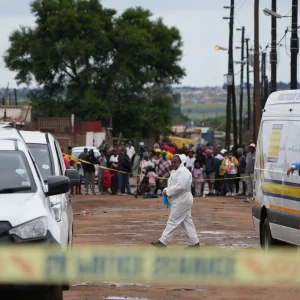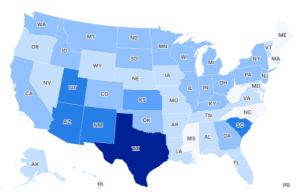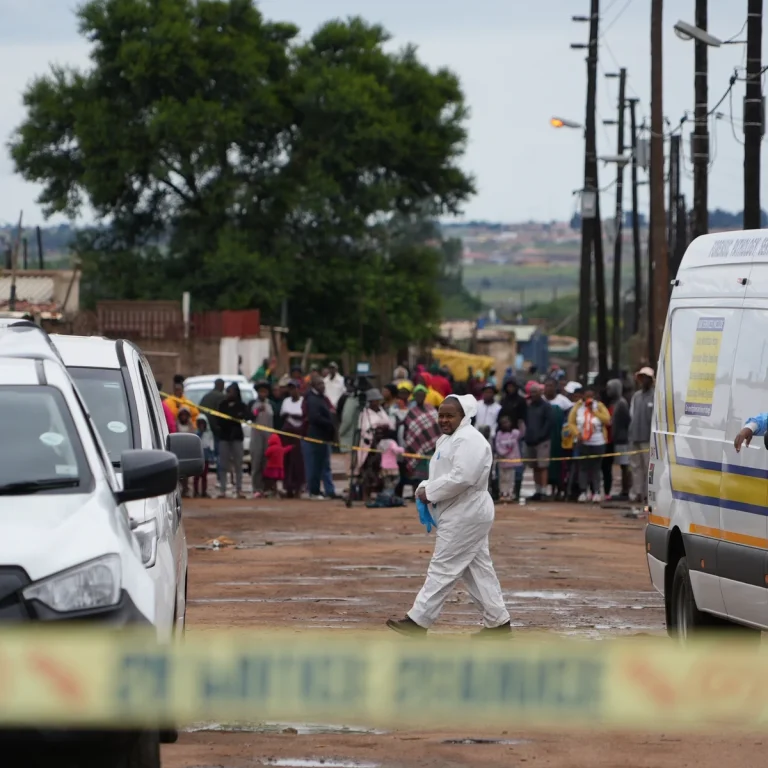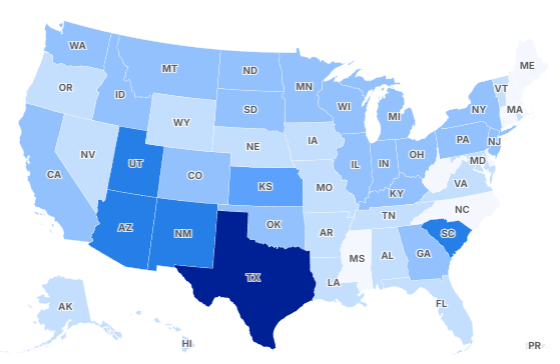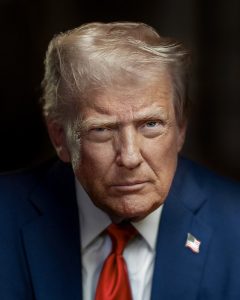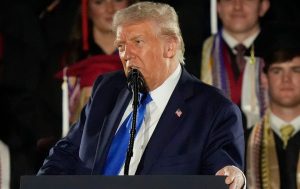Federal Forces Exit Los Angeles—but the Story Doesn’t End There
After weeks of high-stakes headlines and political finger-pointing, Los Angeles is once again without the presence of National Guard troops—at least most of them. But beneath the surface of this military withdrawal lies a sharp political skirmish between local and federal leaders, with conflicting narratives now emerging over who truly influenced the Pentagon’s decision.
While some officials are eager to declare victory, others are stepping in to correct the record. And as usual, President Donald Trump remains at the center of the conversation—both praised and criticized for his role in restoring order.
Deployment Began Under Emergency Conditions
The unrest that broke out in early June was not unfamiliar to Angelenos—but this time, the response came much faster and from a higher level. Following violent anti-ICE demonstrations that quickly spiraled into property damage and attacks on law enforcement, the Trump administration activated more than 1,300 National Guard troops to be deployed throughout Los Angeles.
Notably, the order bypassed traditional channels. Governor Gavin Newsom, who publicly objected to the federal presence, was not part of the approval process. Instead, citing the failure of local authorities to contain the situation, the White House acted unilaterally.
Within 48 hours, troops from the California National Guard’s 49th Military Police Brigade were on the ground, tasked primarily with defending federal buildings and restoring civil order in neighborhoods hit hardest by the unrest.
Mayor Bass Was Abroad—And Then Under Fire
As images of burning storefronts and clashing protesters flooded the airwaves, questions began to circulate about the whereabouts of Los Angeles Mayor Karen Bass. It was quickly revealed that she had been out of the country, visiting Ghana on a cultural and diplomatic trip.
Critics pounced on her absence, pointing to the growing crisis back home. As fires spread and National Guard convoys moved through downtown LA, Bass’s critics accused her of abandoning the city at a critical moment.
This wasn’t the first time her leadership was questioned. Earlier in the year, she faced similar backlash after being off-site during a major fire weather warning event. Now, political tensions were boiling over, and public trust in local leadership was once again wavering.
The Withdrawal Sparks a New Dispute
Fast forward to August. With much of the immediate threat quelled and federal objectives reportedly achieved, the Pentagon confirmed that the majority of National Guard forces—approximately 1,350 personnel—were being withdrawn from Los Angeles.
Karen Bass responded quickly. On social media, she claimed her office had worked closely with federal officials and that her administration’s pressure contributed to the troop reduction. Headlines soon followed suggesting that local leadership had helped “end the occupation” of LA.
But that narrative didn’t sit well with the Department of Defense—or with some prominent figures in the Trump camp.
Pete Hegseth Responds—And the Timeline Tells a Different Story
Speaking just hours after the withdrawal was made public, Defense Secretary Pete Hegseth directly addressed Bass’s remarks. In no uncertain terms, he stated that the mission’s conclusion had been scheduled from the beginning, with no alteration due to political pressure or city-level negotiation.
“Mission parameters were met. This was a coordinated, phased conclusion—not a political decision,” Hegseth said.
Indeed, reports from both the Pentagon and internal National Guard sources confirmed that the 60-day mission timeline had always included a drawdown in early August. Federal personnel will continue to maintain a minimal presence to secure high-risk locations, but the major military presence is now gone.
A Familiar Pattern of Narrative Control
The clash over credit isn’t new. In past years, federal interventions in Democrat-led cities have frequently led to dueling accounts between the White House and local governments. What’s different this time is the clarity of the Pentagon’s statement—and the growing willingness of federal officials to push back on what they call “revisionist spin.”
Observers note that this incident highlights a broader trend: the contest not just for control, but for who controls the story of what happened.
Looking Ahead: Fallout and Framing
It’s unclear whether this public disagreement will spark further tension between the Pentagon and Los Angeles leadership. But one thing is certain—political capital is being banked on both sides.
For Mayor Bass, the opportunity to reframe a controversial deployment as a win for city leadership is politically useful. For the Trump administration and its allies, allowing any mischaracterization of federal actions to go unchallenged is a nonstarter.
Meanwhile, as the dust settles in LA, questions remain. Was the federal deployment a necessary correction—or an overstep? Did the presence of the National Guard calm tensions—or merely delay the next spark?
For now, the streets are quiet. But the narrative war is just beginning.

Emily Johnson is a critically acclaimed essayist and novelist known for her thought-provoking works centered on feminism, women’s rights, and modern relationships. Born and raised in Portland, Oregon, Emily grew up with a deep love of books, often spending her afternoons at her local library. She went on to study literature and gender studies at UCLA, where she became deeply involved in activism and began publishing essays in campus journals. Her debut essay collection, Voices Unbound, struck a chord with readers nationwide for its fearless exploration of gender dynamics, identity, and the challenges faced by women in contemporary society. Emily later transitioned into fiction, writing novels that balance compelling storytelling with social commentary. Her protagonists are often strong, multidimensional women navigating love, ambition, and the struggles of everyday life, making her a favorite among readers who crave authentic, relatable narratives. Critics praise her ability to merge personal intimacy with universal themes. Off the page, Emily is an advocate for women in publishing, leading workshops that encourage young female writers to embrace their voices. She lives in Seattle with her partner and two rescue cats, where she continues to write, teach, and inspire a new generation of storytellers.
